Optimal Timing for Fumigation Services
Fumigation services are most effective when scheduled during specific periods that align with pest activity and environmental conditions. Typically, the optimal times are during warmer months when pests are most active and breeding, which increases the likelihood of successful eradication. Additionally, scheduling before peak infestation seasons can prevent extensive damage and reduce the need for repeated treatments.
Spring is ideal for fumigation as pests begin to emerge from hibernation, making early intervention effective.
Summer months see increased pest activity, making this a prime time for comprehensive treatment.
Fumigation before construction or renovation projects can prevent pest infestations during building activities.
Scheduling after signs of pest activity ensures prompt eradication and prevents further spread.

Advanced equipment used during professional fumigation treatments.
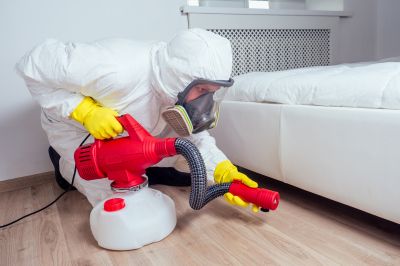
Indicators that suggest the need for fumigation services.
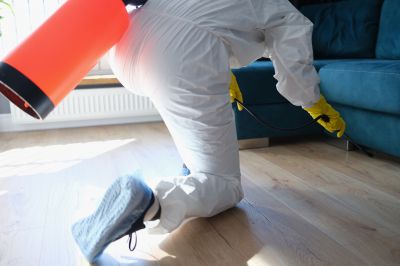
Step-by-step view of the fumigation procedure in a residential setting.
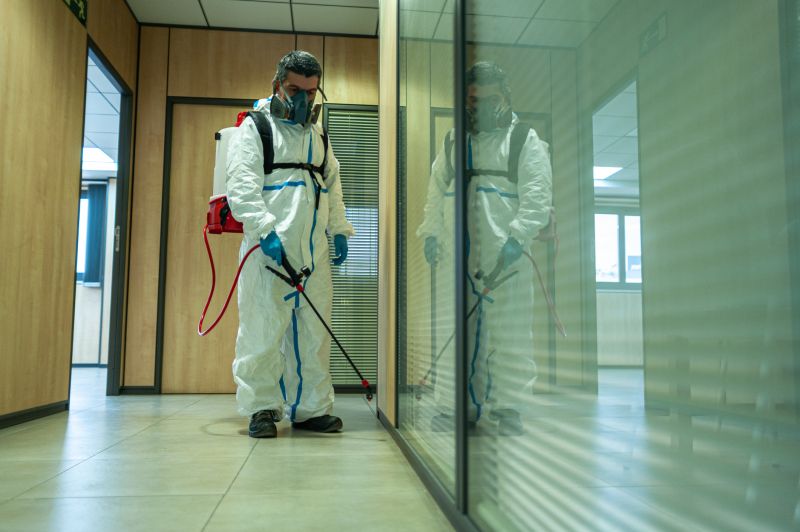
Ways to make Fumigation Service work in tight or awkward layouts.
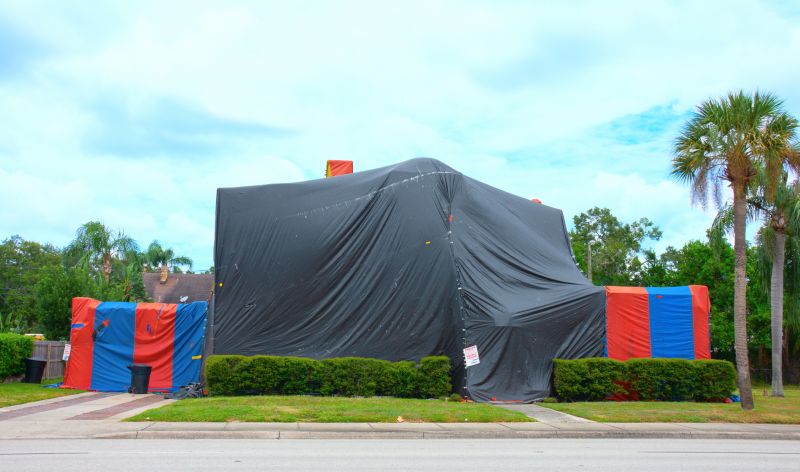
Popular materials for Fumigation Service and why they hold up over time.
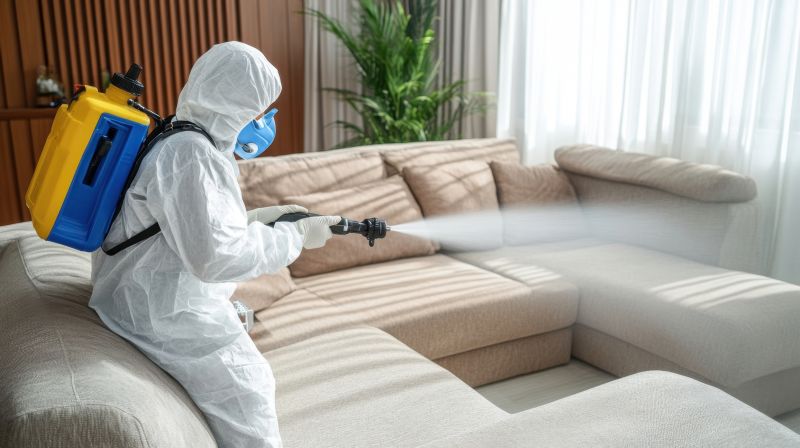
Simple add-ons that improve Fumigation Service without blowing the budget.
| Season | Ideal Timing for Fumigation |
|---|---|
| Spring | Before pests become highly active, typically early spring. |
| Summer | During peak pest activity, usually mid to late summer. |
| Fall | Preemptive treatment before pests seek shelter for winter. |
| Winter | Generally less effective, but useful for specific pests indoors. |
| Pre-Construction | Before building or renovation to prevent infestations. |
| Post-Infestation | After signs of pests appear to eliminate them quickly. |
Fumigation services are crucial in controlling a wide range of pests, including termites, bed bugs, rodents, and stored product pests. The effectiveness of treatment depends on timing, pest type, and environmental conditions. Proper scheduling can reduce property damage, health risks, and ongoing pest management costs. Statistically, early intervention through scheduled fumigation can decrease pest populations by up to 90%, minimizing long-term infestations.
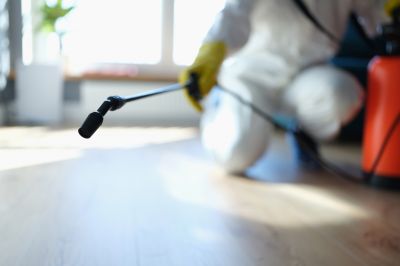
Preparation of the space with necessary equipment for effective treatment.
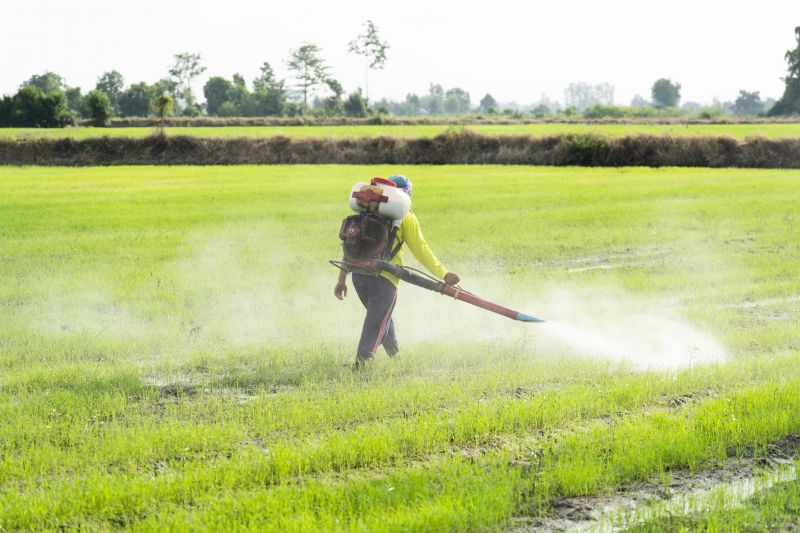
Fumigation process underway in a commercial building.

Assessing the success of fumigation after completion.
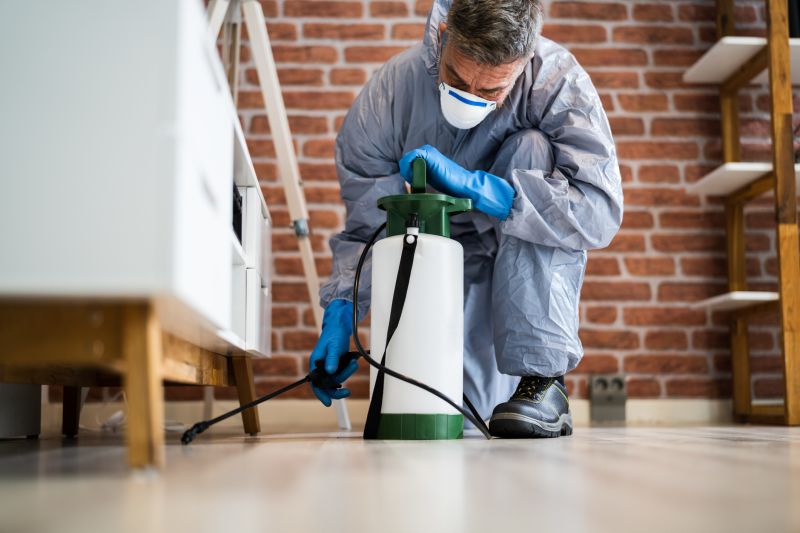
Protective gear and safety protocols during treatment.
Interested parties are encouraged to contact for further details or to schedule a fumigation service. Proper timing and professional treatment can significantly improve pest control outcomes and protect property integrity.



